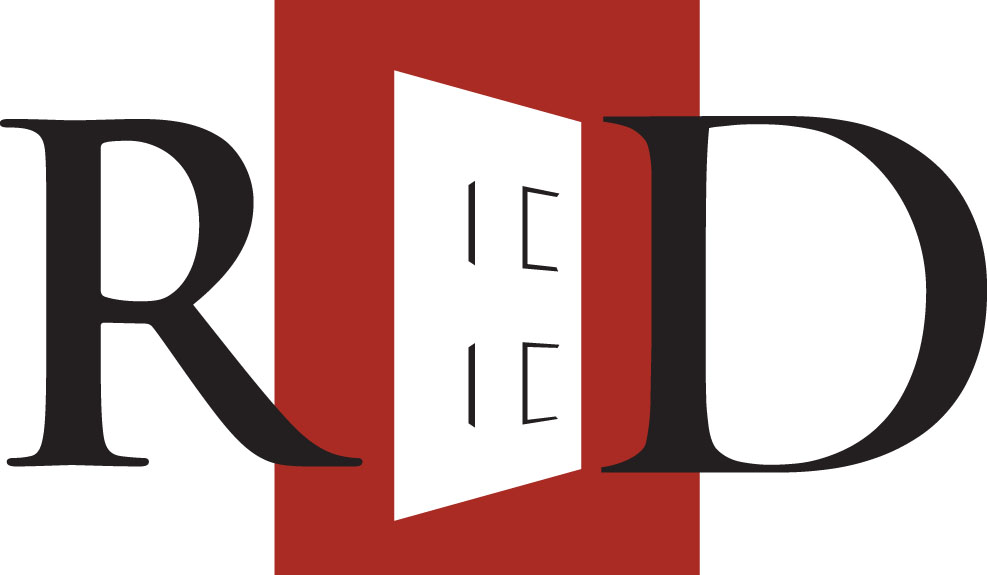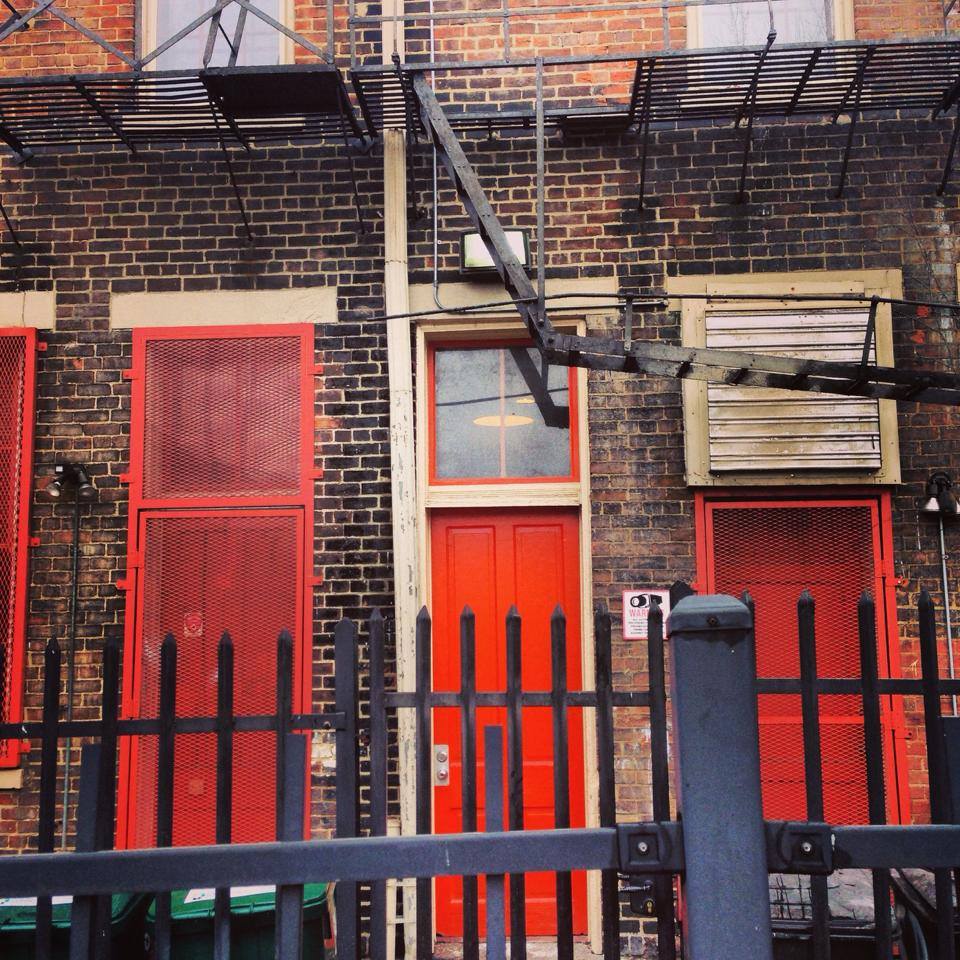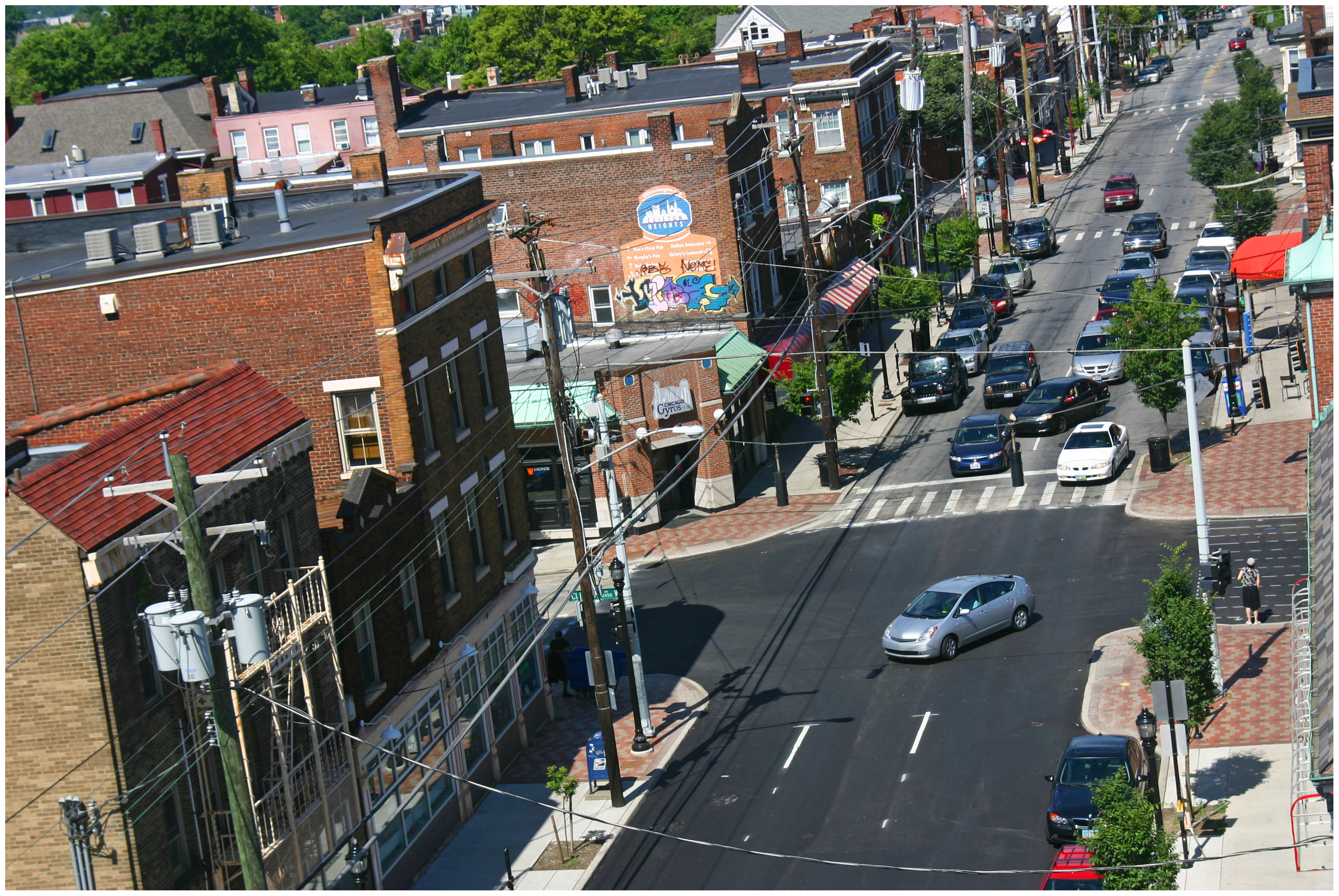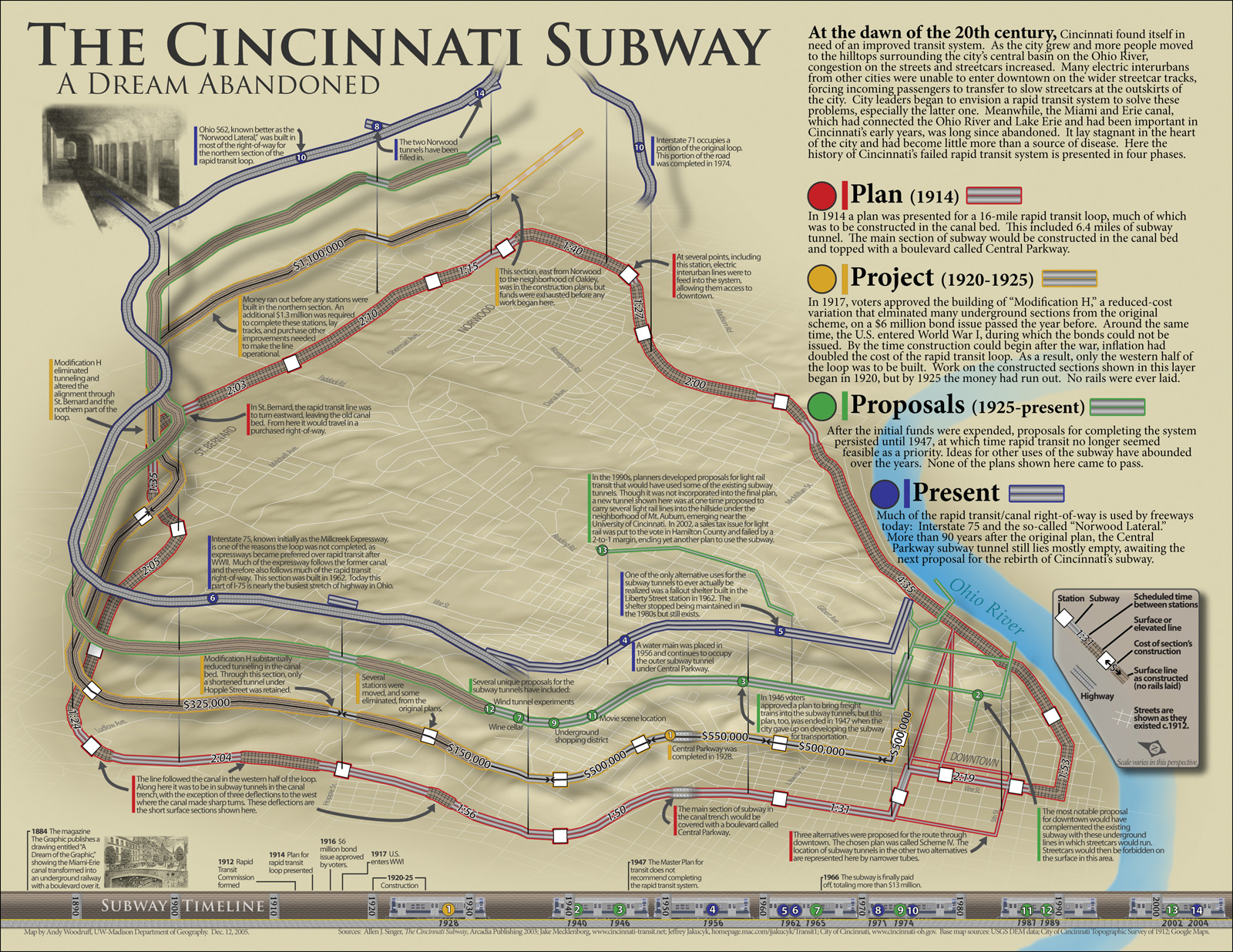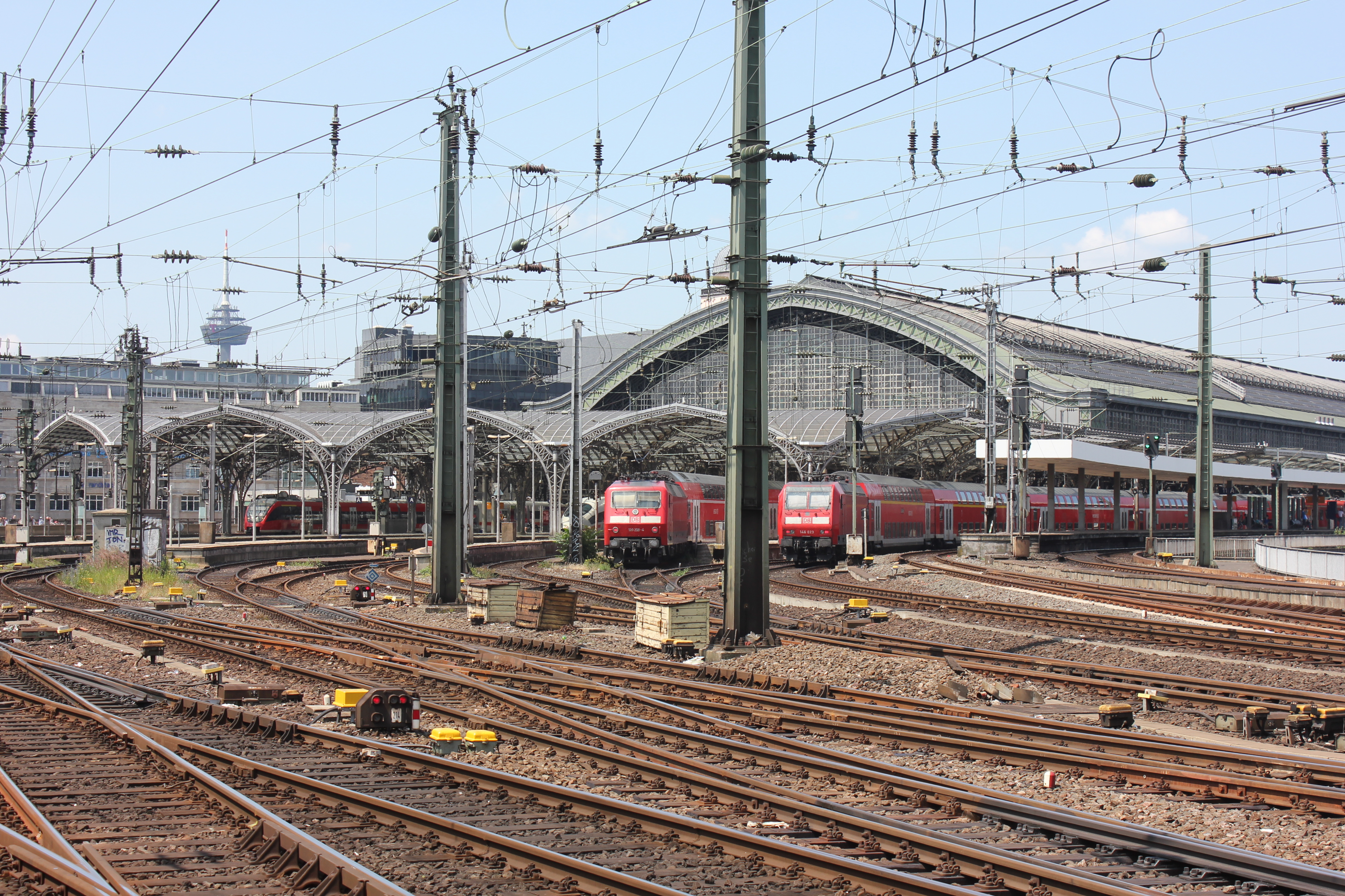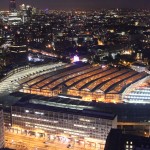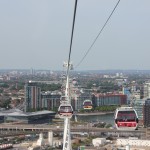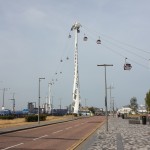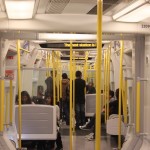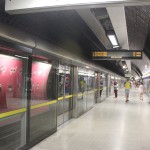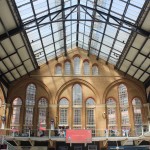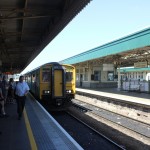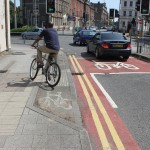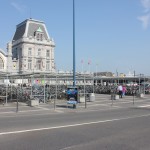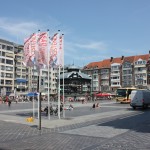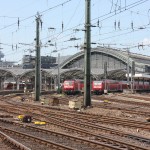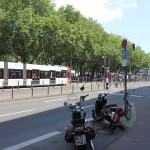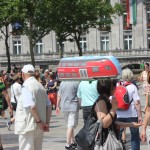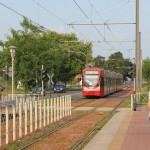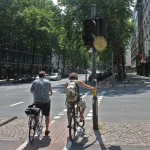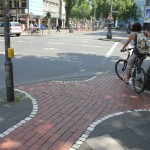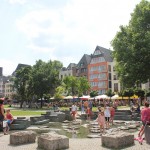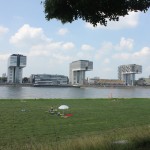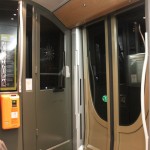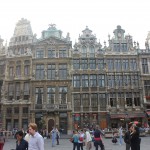Art sometimes has the effect of bringing people together. Sometimes it opens avenues for new connections and experiencing new things. Ten years ago, local artists were challenged to create a piece of art centered on a red door. That event a decade ago led to the beginning of close friendships that endure today.
That is the story gallery founder, Barbara Hauser, tells regarding that original Final Friday event in 2004; and while she was not leading the gallery known as The Project back then she was inspired to launch an event of her own.
“Everyone sees art differently – and everyone deserves to have their work featured and appreciated,” Hauser stated in a prepared release. “I’ve never considered myself an artist, but when I had the chance to see my work on display at a similar type gallery and have it purchased I realized that I wanted to create a space that celebrates the artist in all of us.”
The Red Door Project is a pop-up art exhibit that breath new life into this decade-old endeavor at the upcoming Final Friday in Over-the-Rhine on February 28. Inspired by the idea that art is the eye of the beholder, Hauser says the gallery features artwork by dozens of Cincinnatians from many different backgrounds and walks of life.
“I’m sure everyone will interpret the theme differently. It could be a painting of a moon cycle or a photograph of a bicycle,” noted Hauser. “And really, that’s the beauty of it. You won’t know what to expect when you walk through the door, but you may find yourself walking out with a new piece of art to enjoy.”
The Red Door Project debuts this Final Friday’s festivities at 1232 Vine Street – the storefront previously occupied by Joesph-William Home. The gallery will be open from 6pm to 10pm.
There is still time for submissions, which are due by February 22, and can be dropped off at the event location between 11AM and 3PM. This month the theme is “cycle” which is defined as a series of events that are regularly repeated in the same order.
Photograph provided.
